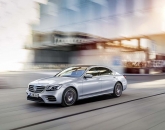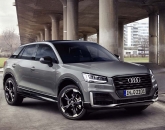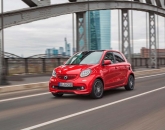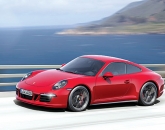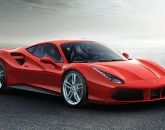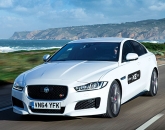 The gorgeous Audi A5-sized Fisker Atlantic was one of the stars of the recent New York Auto Show, and the start-up American carmaker used its launch to reassure buyers and investors that the wheels are still firmly on its plans to build America’s first new, independent volume car brand since the war.
The gorgeous Audi A5-sized Fisker Atlantic was one of the stars of the recent New York Auto Show, and the start-up American carmaker used its launch to reassure buyers and investors that the wheels are still firmly on its plans to build America’s first new, independent volume car brand since the war.
Previously codenamed Project Nina, the Atlantic is an extended-range electric vehicle, or ER-EV, like the bigger Karma launched last year. It uses an expensive but lightweight laptop-style lithium-ion battery charged from a socket to power itself electrically for the first 80km. After that, its small BMW petrol engine doesn’t drive the wheels but acts as generator to charge the battery on the move, eliminating the range restrictions of electric-only cars.
The Karma has found favour with A-list celebrities such as Leonardo di Caprio and Justin Bieber, who won’t have been deterred by its US$100,000 price tag. The Atlantic will halve that when it goes on sale, but maintains the stunning lines of its sibling and actually improves on the boot space and rear headroom of the bigger car; in the latter case by using a thin glass roof supported by a ‘spider’ structure. It’s unique and, again, stunning.
Henrik Fisker is the charismatic Danish former Aston Martin designer who took the bold decision to put his own name on the nose of a car, founding the firm in the teeth of the global downturn. Responsible for design classics such as the BMW Z8 and Aston Martin DB9, it’s no surprise that his own-brand cars look sensational. The technology that underpins them is just as exciting. By limiting the electric-only range to around 80km, the battery costs are kept low. The petrol engine means the car’s overall range is unlimited. But how many of us actually drive more than 80km between charging opportunities at home, the office, or the car parks that will increasingly offer plug-in points? In Hong Kong, Fisker owners might never hear that petrol engine cut in, saving cost and emissions.


